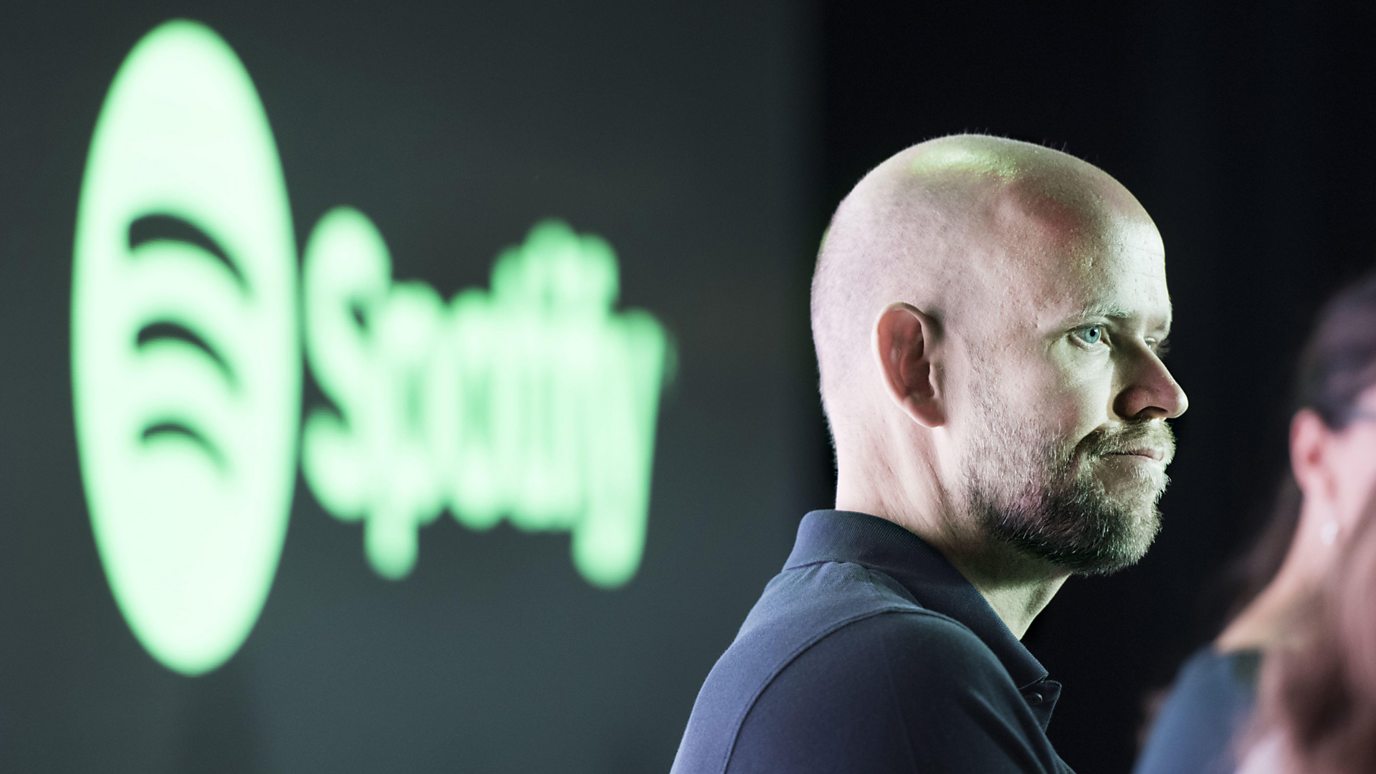
This article is more than
3 year old
On 13 December, US marketplace-platform Etsy announced it would be laying off 11% of its staff, cutting more than 200 jobs.
Two days earlier, US financial firm State Street announced they'd lay off 1,500 workers; the same day, toy-maker Hasbro reported cuts of more than 1,000 jobs. This news came just days after Swedish streaming service Spotify laid off 1,500 employees, and global publisher Condé Nast cut 5% of its workforce. In the UK, pharmaceutical companies, banks, automakers and consulting firms also announced sweeping layoffs, shuffling off workers in the last few months of the year.
With the holidays in full swing, the months of November and December feel like a particularly cruel time to let people go. Why does it happen?
This year, at least, rocky economic headwinds may play a role, says Nicholas Bloom, an economics professor at Stanford University. He believes most companies that conducted these end-of-year mass layoffs did so under the assumption that an economic downturn is imminent. He calls this response a "vibecession", where perceptions drive action – even if the data doesn't tell a story to back up the widespread scepticism.
And indeed, the numbers largely don't. Although consumer confidence is down, and many people perceive a weak economy amid inflation and a tightening jobs market, indicators show the economy is mostly strong. This misalignment, says Bloom, feeds into companies scrambling to boost end-of-year-profits in anticipation of a sharp economic downturn, despite the data to the contrary. Hence, layoffs based on "vibes".
"Companies try hard to avoid layoffs over the holiday season, so those making cuts now must be under some pressure," says Bloom. "This is in response to something they did not see two months ago, but is now so pressing it can't wait another two months."
Read More (...)